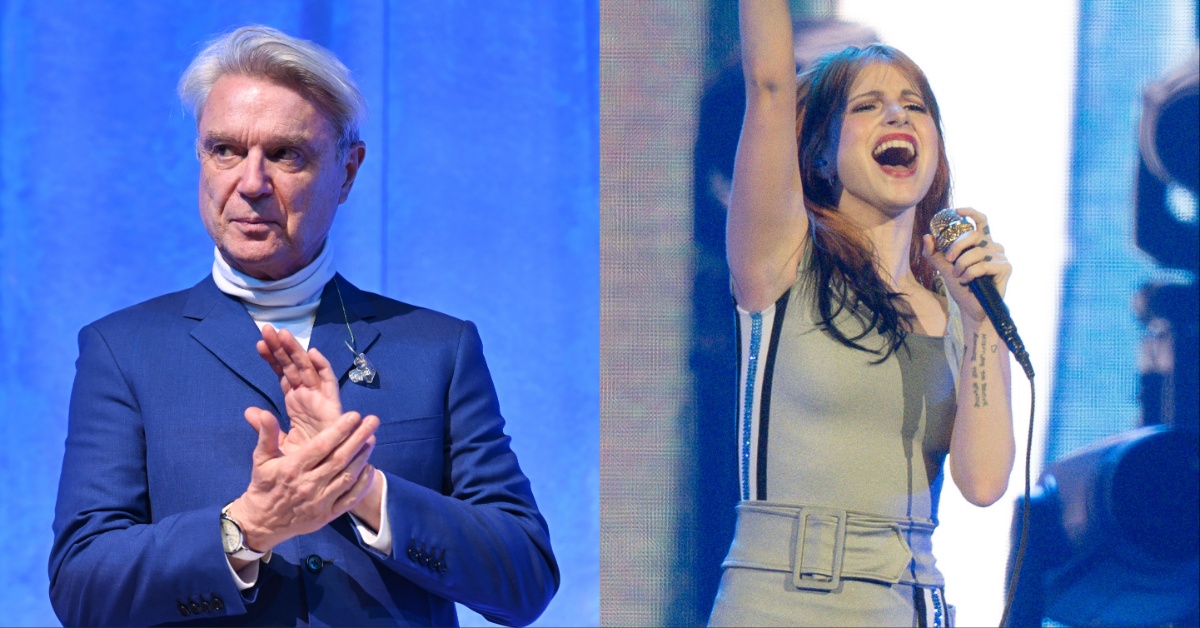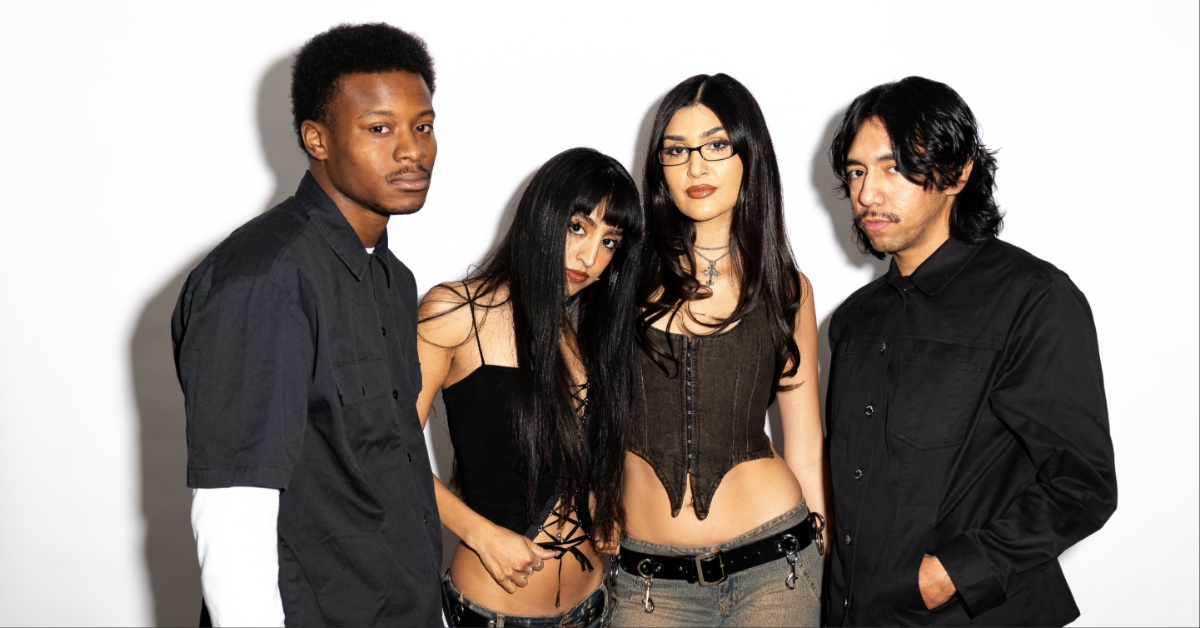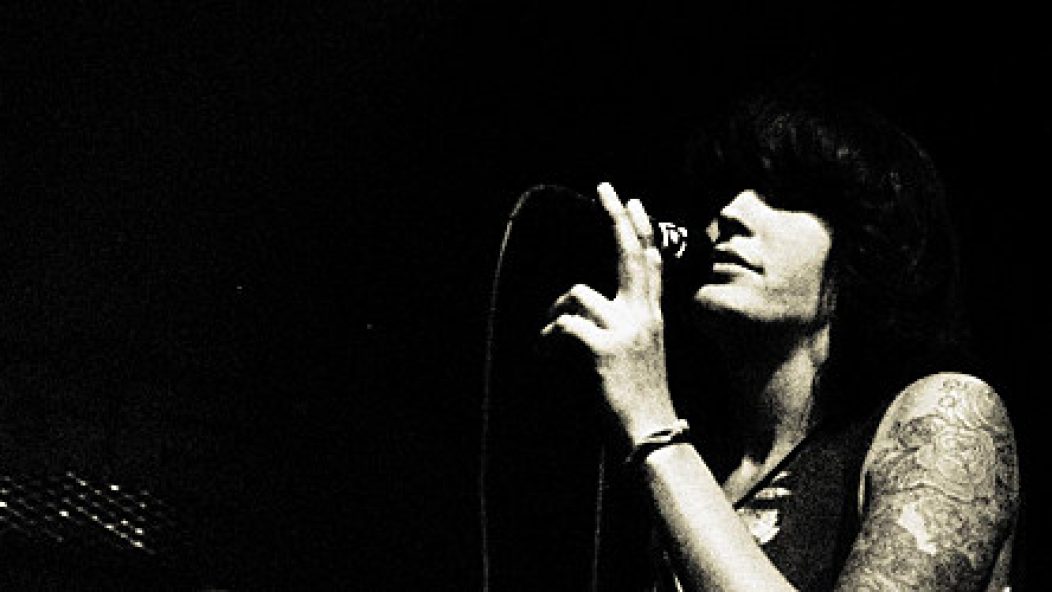
A History of Women in the Bay Area Metal Scene Part 2

…
In this two-part article, Avinash Mittur documents the rise of women in the Bay Area’s modern heavy metal scene. In the first segment, Janis Tanaka (ex-Hammers of Misfortune), Chiyo Nukaga (Noothgrush), Erica Stoltz (ex-Lost Goat) and Jesika Christ (ex-Ludicra) detailed their days in the Mission when “metal” was still a dirty word in San Francisco. In Part 2, their efforts bear fruit and women take the bay by storm. Veterans and the newest batch of female skullcrushers offer their take on fifteen years of achievement and progress.
1998
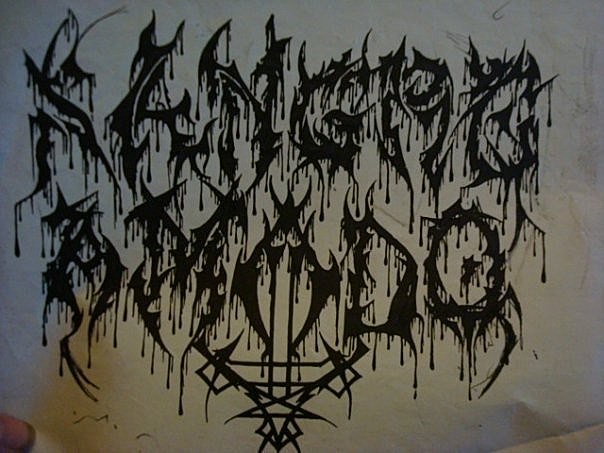
…
As a small bunch of San Franciscan bands formed through the late ’90s, the metal community was forged, frequently meeting on Tuesday nights for Lucifer’s Hammer, a weekly event where local acts could prove their worth onstage. It was at Lucifer’s Hammer where acts like Ludicra, Sangre Amado, Weakling and Slough Feg played to their most receptive audiences.
Amber Asylum, an early favorite at the Lucifer’s Hammer events, blended elements of classical, chamber music, ambient and doom into a genre-bending musical gumbo. Kris Force, the mastermind behind the collective, had already dabbled in heavy metal music by guesting as a violinist on several Neurosis albums. With her own band, she managed to find a home in a metal scene. “You know, I felt a little lost before that,” Force admits. “I was delighted to be embraced in that scene. I think because, other than stoner rock, most metal is based in classical music. It was dark music, it was gloomy and dark. There was that connection, but it was also just the fact that I believe that much of metal is extracted from classical music.”
Amber Asylum served as a musical hub for some of the bay’s most talented female musicians. One of Force’s earliest discoveries was a young cello virtuoso, Jackie Perez Gratz. “I loved practicing at the bottom of the stairs in this one particular building at the San Francisco Art Institute because it has amazing acoustics,” Gratz recalls. “It was during one of these practice moments that Kris Force heard me playing in the halls and the rest is history.” Gratz joining Asylum and subsequent integration into the Lucifer’s Hammer scene had a profound effect. Her work is now immortalized on albums by the likes of Cattle Decapitation, Asunder, Agalloch, Ludicra and many others not counting her own acts, Grayceon and Giant Squid.
The influence and impact that Amber Asylum had wasn’t merely musical, Force’s collective offered a discrete step forward for women to assert roles of creative strength and prowess in the local community. Lorraine Rath, a Mission veteran, was among those directly affected by Force and Gratz’s fearless and peerless sounds. “I remember seeing them together onstage in Amber Asylum before I ever dreamed of joining, and being truly inspired by their musicianship and their unique take on heavy. Here were these beautiful women creating intricate, delicate music with ethereal female vocals that was utterly crushing,” Rath recounts. “For me they helped to prove that heavy didn’t have to mean loud, fast, or screaming.” Rath spent time in The Gault, a death-rock outfit spearheaded by ex-Weakling members John Gossard and Sarah Weiner, before joining Amber Asylum herself.
1999
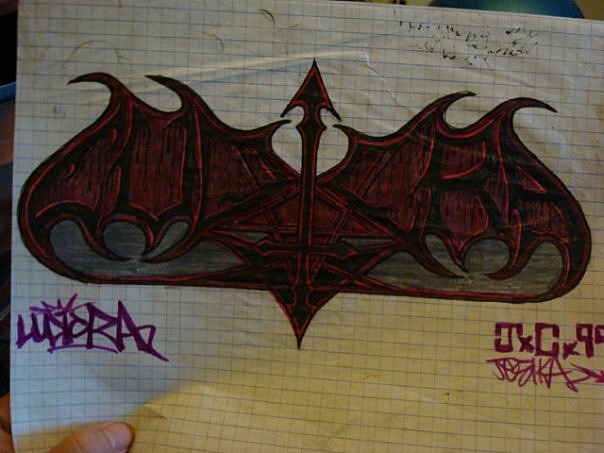
…
After Weakling lit the flame, Ludicra carried the torch as the bay’s premiere black metal band for more than a decade. The earliest lineup of the band featured Jesika Christ of Sangre Amado on bass and vocals alongside two members of the punk/noise scene in the Mission, John Cobbett and Aesop Dekker. “Ludicra just started as a project, because we all practiced in the same studio. It was just kind of like, ‘Let’s see what happens,’” Christ explains. A second guitarist, a heavy metal staple, was required. The three turned to Christy Cather, a phenom leading the death metal charge in Davis, a small college town located hours east of San Francisco. “Christy was in this band called Missile Command,” Christ explains. “Sangre Amado used to play with them, and when Ludicra formed we were like, ‘We got to have Christy, she rules!’ She was always really good.” With Christ on bass and vocals, Cather on guitar and vocals, Cobbett on guitar and Dekker on drums, Ludicra was the bay’s first heavy metal band to feature women in half or more of its lineup.
…
…
Ludicra live, from the Kill That Cat Archives
Later that year, Ludicra’s lineup stabilized with the departure of Christ and the addition of vocalist Laurie Sue Shanaman and bassist Ross Sewage in her place. Shanaman knew that changes were underway in the local scene—her own band was symbolic of the power that female metal musicians could bring to the stage. “There was completely an awareness that this was unprecedented at the time. I felt it but I can’t speak for Christy or the others. It felt new, Ludicra felt more new and refreshing than anything I will probably ever experience in terms of starting or joining a band,” Shanaman admits.
…
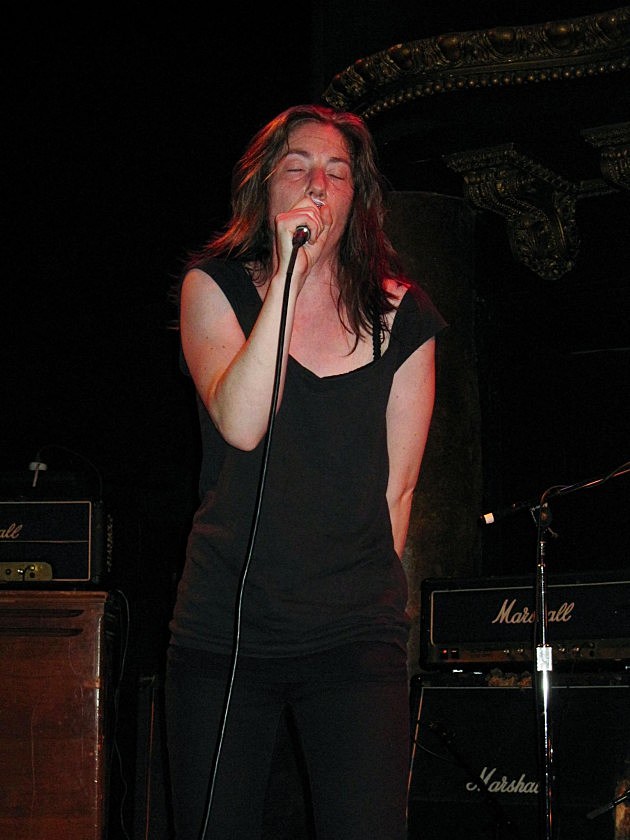
…
As the landscape for women in the bay metal scene evolved, many were able to find encouragement from one another. “I felt much support from Erica Stoltz and Janis Tanaka, I knew they had my back and believed in my ability and talent,” Shanaman remembers. “They have had my back and I have had theirs. Whether they were in a band or not, it hasn’t mattered. There are some amazing women here and I am grateful for their friendship, even if we only see each other at the shows.”
2002
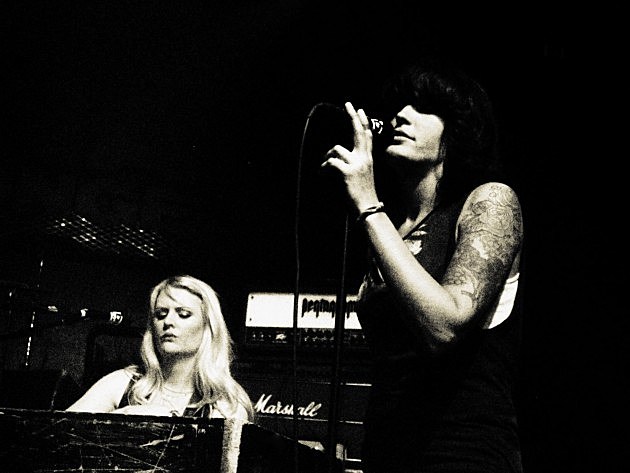
…
Sigrid Sheie from Minneapolis, Minnesota joined their ranks at the beginning of the new millenium, settling in with an East Bay punk band called The Oozies and Folcaino, a group that played Irish drinking songs. She was trained as a classical pianist, but found her calling as a punk rock bassist and vocalist. At the time of Sheie’s audition for Hammers of Misfortune, Janis Tanaka was leaving the band for a more large-scale endeavor. “Janis had left to tour with P!nk and I was introduced to John [Cobbett] at the Covered Wagon [the venue where Lucifer’s Hammer was initially held] as a bass player. So I tried out trying to play and sing Janis’ parts,” Sheie remembers. “The bass playing wasn’t the challenge, I couldn’t sing Janis’ parts. So John’s like, ‘I don’t think it’s gonna work, your vocal chops just aren’t there.’”
…
Janis Tanaka playing with P!nk on Jay Leno, 2001
…
Sheie’s voice wasn’t her ticket into Hammers but her mastery of the piano worked in her favor. She joined on as a keyboardist, making her debut on Hammers’ anti-war epic, The Locust Years. “It was the influence of Hammers that got me back into playing keyboards again, and realizing that this was what I was meant to do,” Sheie concedes. Her return to the keys had a greater effect beyond the band–Sheie now serves as an adjunct professor and piano teacher at the University of San Francisco. “It’s interesting because the metal scene really helped push me into the classical/academic scene,” she explains. “I wasn’t expecting that, and so Hammers was pretty influential in getting me back into keyboards at all, and being appreciated for my skills. Until then, classical piano to the punk scene didn’t mean much.”
2004
Saros, from the Kill That Cat Archives
…
Currently one of Sheie’s fellow Hammers, Leila Abdul-Rauf was also classically trained as a youngster, and earned her onstage stripes through punk as well. Coming to the bay strictly for the purpose of starting a metal band, Abdul-Rauf drew local acclaim with the progressive death metal outfit Saros. Abdul-Rauf’s laser-like riffing and blood-curdling vocals were a wake up call for death metal fans in the bay. Not since Sangre Amado’s short reign in the late ‘90s had the bay seen a band that so gracefully combined technical precision with raw death metal fury.
Despite one of the tightest live shows one could catch and two strong records, Saros quietly disappeared in 2009. “We definitely had the capacity to have an album that sounded much better than the ones we made,” Abdul-Rauf says. “We were all great players, everyone was super motivated, everyone was very skilled at their instrument. No flakiness, we had very productive practices but something about the creative vision fell slightly short… Saros was a band that never quite hit its stride.”
2007
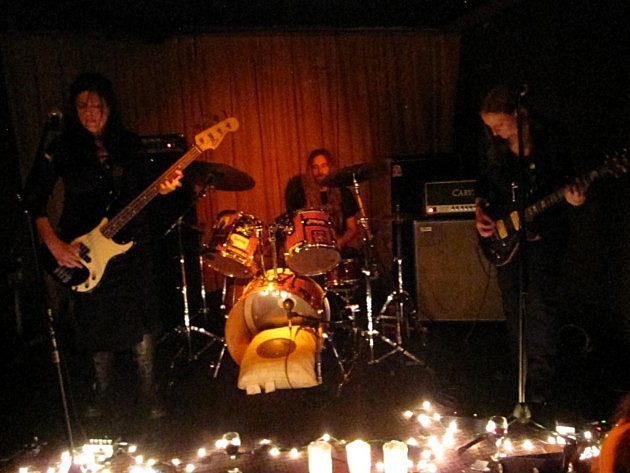
…
Though they had begun nearly ten years prior, Amber Asylum’s impact continued well into the next decade of the band’s career. Jessica Way, an East Bay punker-turned-headbanger, was among those who saw a mid-era lineup of the band with Lorraine Rath on bass. “Amber Asylum blew me away when I first heard them. Kris Force’s voice and musicianship are stunning. I remember seeing them play with Lorraine in the band and being totally entranced by their voices and complex, yet open music,” Way recalls. Rath and Way soon joined forces in a dark, cinematic and incredibly heavy band of their own, Worm Ouroboros. “I was floored that Lorraine wanted to play music with me,” Way says. “That was a turning point for me, writing with her. We weren’t all that interested in genre or audience for our music, just in expressing ourselves collectively in an authentic way and weaving with each other.”
2013
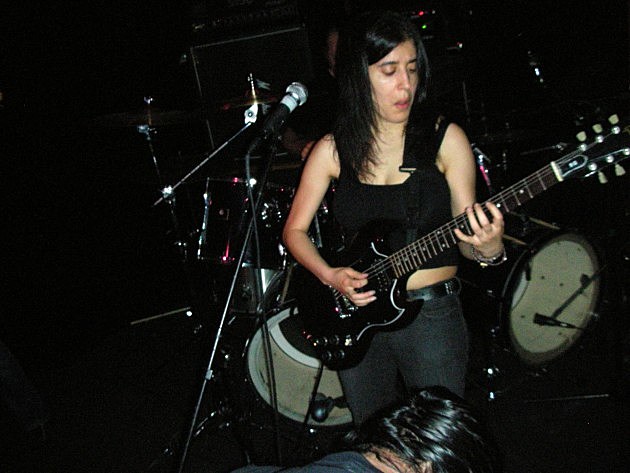
…
Though Saros had dissolved in 2009, Leila Abdul-Rauf was undeterred. She made some of her finest works in the years that followed with several different bands, including Hammers of Misfortune and Amber Asylum. 2013 in particular was a banner year for the restless musician–she released the lumbering death metal goliath Patricidal Lust with Vastum, a record with the ambient/electronic outfit Ionophore and her debut solo album, Cold and Cloud. “It’s the hardest thing I’ve ever had to do emotionally,” Abdul-Rauf says about the solo release. “It’s very vulnerable making music on your own. When people critique it, it’s so personal. It’s like they’re critiquing you as a person. When they’re critiquing your band, it’s easy to separate yourself from the band. With your name on everything, it’s just so personal. In terms of the amount of pain and frustration and vulnerability that went into it, that album I think is my crowning achievement.”
2014
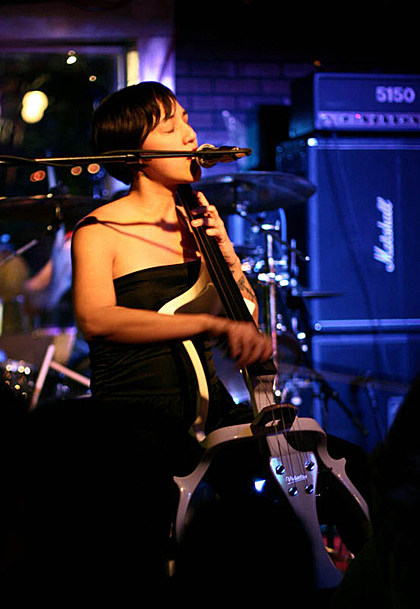
. . .
The precedents that were set by the earlier musicians are immediately apparent in the youngest batch of female musicians. “Ludicra was the most influential to me as a musician, I went to so many of their shows and was super inspired by Laurie Sue Shanaman, Jesika Christ, and Christy Cather, and later Ross Sewage on bass,” Rachel Roomian of Cardinal Wyrm says. The bassist took instrumental nerdery to the next level, learning luthiery–the art and craft of building guitars. “I learned the trade through my father, who’s been a luthier since the early hippie days back when the Manson family were still around and coming into his music store at the time, Haight Ashbury Music,” she remembers. “I built my first bass after playing for over ten years, I didn’t know shit about woodworking or using band saws or anything but learned everything a little at a time.” Between her handmade instruments, her playing and her spine-tingling howls, Roomian has plenty of ways to measure her achievement. “It’s all in how you define success,” she explains. “Success to me was having Laurie Sue from Ludicra tell me she liked my vocals.”
“I think that when artists create in this environment, they feel they can do whatever they want and not have to second-guess themselves or be insecure about their gender,” Jackie Gratz theorizes about the bay’s creative nurturing. “I’m not sure this makes women more driven or motivated as musicians, but it definitely gives us a fair playing field.” Gratz debates whether they’ve become more intense musicians as a result, but wondrous achievements have certainly been accomplished. One only has to think of Jackie Gratz’s 3 year-old daughter Pearl Gray, who she raises on top of working full time and playing in two bands. “I want Pearl to grow up around people who are doing what they believe in and staying active and creative,” Gratz says. “I do hope she thinks it’s cool when she gets older. I mean, how many kids can say, ‘My mom played with Om at The Warfield when she was pregnant with me,’?”
. . .
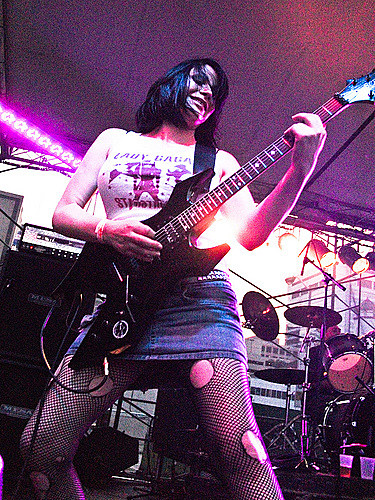
. . .
Despite how far the bay has come in breaking gender roles for metal musicians, modern issues in our society as a whole continue to persist. True social equity continues to be a pursuit for many outside of the cisgender male umbrella, as Marissa Martinez-Hoadley of Cretin quickly learned upon recognizing herself as a trans woman. “I haven’t always paid attention to social equity issues. I very much lived in that kind of bubble where those things didn’t affect me because of whatever privilege I was afforded,” she admits. “Once it was clear that I was going to be identifying as a member of the LGBT community, that really caused an awakening in me where I really started paying attention to these things because suddenly, they were at my doorstep.”
Erika Osterhout of Scolex, Necrosic and Femacoffin has run into similar hurdles in her still-growing career. “I have gotten some grief over being a chick, certain people think that things are just handed to you and you don’t bust your ass and sleep next to your bass and pick it up and play constantly until you’re better,” she explains. “When I’d say, ‘I want to play death metal,’ I had already dealt with ‘Oh, that’s so cute. Oh, that’s sweet. Oh, you’ll get there.’ But no one would really help me get there,” she recalls. In spite of occasional ill-spirited behavior from the peanut gallery, Osterhout continued to clock her hours under the tutelage of one of the bay’s longest-serving death metal warriors, Sean McGrath of Impaled. Whether they were aware of it or not, two generations of Bay Area heavy metal musicians were working together to erode the gender barrier. “Unlike the others, Sean took me seriously,” Osterhout says. “When I told Sean that I wanted to play death metal, it was, ‘Not a problem. We’re going to learn a Carcass song today, check this out. You get a treat, you get to learn an Entombed song.’ They were teenagers playing that shit in the ’80s and I love their music, why couldn’t I do it too?”
Though common issues continue to exist, the bay’s local metal scene has grown into a place that for the most part, attempts to make gender a concern of the past. “The overall feeling I have when I go to a metal show in SF or Oakland—and especially more so now than 15 years ago—is that there is little tolerance for gender issues from men, we are all here enjoying the same exact thing regardless of gender,” Laurie Sue Shanaman says.
“The Bay Area is one of the most liberal places I have ever been. I take it for granted until I leave the area and I quickly remember, ‘Oh yeah. I’m not white. I have tattoos. I’m a woman,’ etc., just because of the way people act toward me,” Jackie Gratz explains. “These are such odd things to think about when touring, but it makes me realize how good we’ve got it in the Bay Area. Here, it’s not out of the ordinary to be openly queer or to be a woman in a male industry or to be eccentric in any way. It’s incredibly freeing that we can just be people.”
Marissa Martinez-Hoadley affirms that notion. “It wasn’t until I really started hanging out with metalhead friends, girlfriends in particular, that I realized, ‘I don’t need all this extra stuff. I can just be me, a metalhead woman that’s here and not placating to a bunch of gender expectations and gender roles,’” she says. “Every female friend I’ve made in the Bay Area metal scene inspires me in one way or another. Mostly, I’d say that they promote a feeling of self-confidence through validation. Each one of them standing as an example that I’m not alone as a woman in metal.”
It may be inaccurate to call the Bay Area an entirely gender-blind place for metal musicians. Social and economic adversity continue to affect female individuals on a scope wider than a local heavy metal scene, but one can easily see that the Bay Area has evolved into a more welcome place for female musicians than most others. Punk rock social practices provided the spark, local liberalism allowed the flame to burn and most of all, the drive, creativity and ability of certain individuals spread the fire. This story is more expansive than what the bay’s history has on record (and what this article has been able to cover), but it continues to be written. Every creative milestone achieved by a female musician in the bay adds another entry to the journal. The veterans and the newest generation continue to raise the standard for themselves as performers, as songwriters and ultimately, as role models for others to follow in their footsteps. Gender be damned.
. . .
This article has been corected since publication. Video credits have been updated.
. . .








